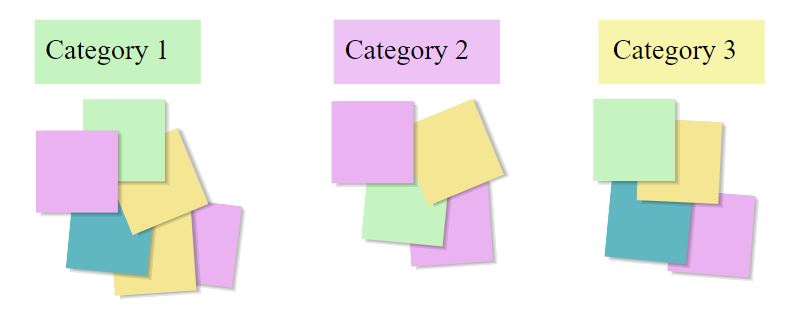A successful TEACHx presentation includes specific and creative approaches to engage participants through active learning strategies. The TEACHx committee hopes we can do more than talk about good, evidence-based pedagogy — we want our sessions to exemplify it. We encourage innovative and participatory session design, the creative use of technology, and active engagement by all participants.
Below are some active learning approaches that presenters can take to design more engaging sessions. These won’t work for all sessions but feel free to use these ideas as inspiration.
Turn to a Partner
Have participants work with a partner on a discussion topic before beginning a discussion among all participants.
This technique works best with group participants who have already been provided with enough background on a subject that they can immediately move to a discussion with their partner without previewing or reviewing concepts.
Walk around the room and listen to the conversations. To further encourage participation, share quotes you heard around the room (e.g., “I heard some great discussion in that part of the room” or “Who was it who said…?”).
Group Survey
Each group member is surveyed to discover their position on an issue, problem, or topic. This process ensures that each member of the group is allowed to offer or state their point of view.
A survey works best when opinions or views are briefly stated. Be sure to keep track of the results of the survey.
Think-Pair-Share
This process requires three stages. Participants are given a question, concept, or problem and then encouraged to think about it alone for a brief designated time period. Then they pair with another participant and discuss what they found individually for an additional time period. Lastly, the pairs join the large group and discuss their conclusions as a whole.
This also works great with digital response systems so that initial thoughts are captured before discussing with a partner.
Grab Bag
Place problems, topics for discussion, course concepts, positions/arguments on an issue, etc. on slips of paper into a hat or bag. Participant teams must grab a slip of paper and solve or discuss the problem/topic or provide persuasive arguments from the position listed.
One-Minute Paper
The one-minute paper is designed to help participants realize what they know or do not know; it is a check for understanding. Ask participants to take out a piece of paper and write on a topic. Remind them it is most important that they put their thoughts on paper in their own words, not that they produce a polished piece of writing. Possible paper topics:
- What was the most important idea or insight today?
- A question I have that still needs addressing is…
- What was the most challenging aspect of today’s activity?
- Give an example that relates to the topic of the day.
- What was the most surprising or unexpected idea expressed in today’s discussion?
- Was there a position taken in today’s session that you strongly disagreed with? Why?
Think Aloud
Model for your participants the thought processes that take place when difficult material is read or when difficult problems are solved. Use “think aloud” by verbalizing your thoughts while you are reading orally or working out a problem. Participants will understand comprehension strategies better because they can see how the mind can respond to thinking through trouble spots and will construct meaning for themselves from the text.
Have participants try the “think aloud” process in pairs or teams during problem-solving.
Assigned Discussion Leader
One person in the group is asked to present on a topic or review material for the group and then lead the discussion for the group.
This technique works best when everyone or nearly everyone in the group is given an assignment to be the “expert” on.
Affinity Grouping
This activity is used to break down a topic to identify and classify its parts. Have participants identify key concepts presented, then write each concept on a sticky note or index card. Then in small groups, or one large group, sort and organize the slips of paper into categories to identify common themes. Create a heading for each grouping. If using small groups, have each group review each other’s work or have them explain their categories.

Stations
This activity offers a game-like alternative to traditional lectures. It engages participants by requiring them to move around the room and interact with learning materials as they examine, question, exchange ideas with peers, respond to prompts, and formulate their own thoughts.
Set out various “exhibits” around the room (e.g., flip chart paper, letters, quotes, multimedia presentations, charts, photos, cultural artifacts, and specimens). Groups then move among stations and complete a provided task sheet that gives directions and questions about each station in the exhibit.